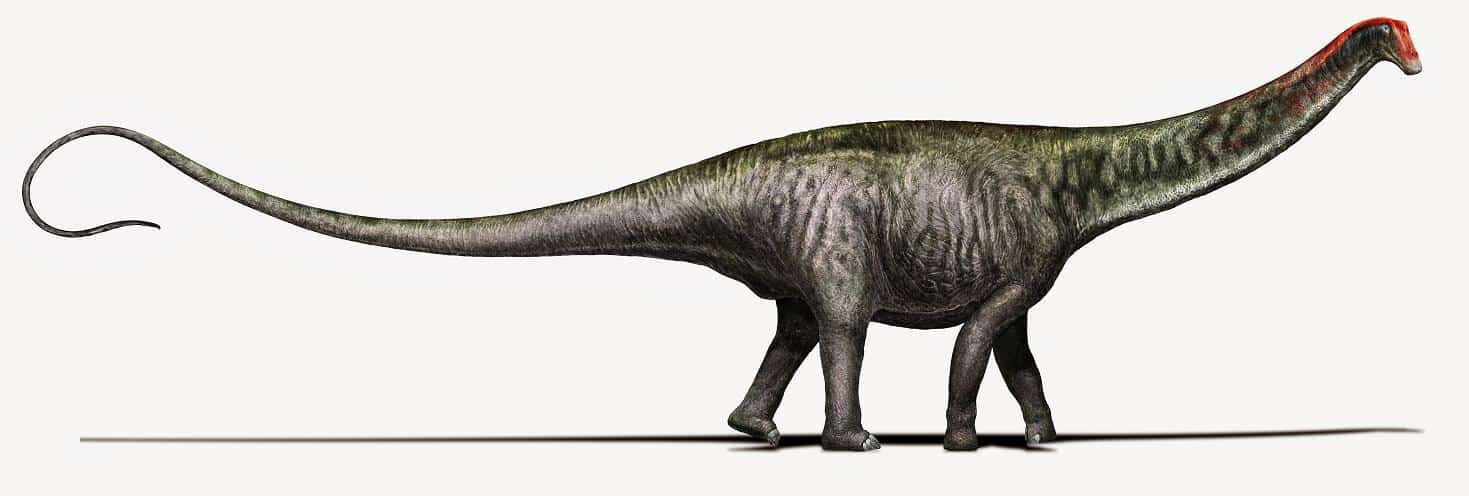It’s taken 112 years, but the Brontosaurus is back.
Given that the Brontosaurus roamed the Earth during the late Jurassic Period some 150 million years ago, a mere 112 years is just a drop in the chronological bucket, but dinosaur-loving children worldwide can now sleep soundly knowing their favorite sauropod has returned.
Brontosaurus fossils were first discovered during the Bone Wars, a period of intense rivalry between paleontologists Othniel Charles Marsh and Edward Drinker Cope, who discovered and catalogued new dinosaurs almost monthly between 1877 and 1892.
Marsh discovered and named the Brontosaurus, Latin for “Thunder Lizard,” in 1879 while Cope had discovered a similarly named Apatosaurus “Deceptive Lizard” in 1877.
In 1903, paleontologist Elmer Riggs determined the Brontosaurus was merely a juvenile of the Apatosaurus species, and because Cope’s discovery was first, the term Brontosaurus was no longer applicable.
Even so, Marsh’s Brontosaurus was mounted and exhibited under that name at the American Museum of Natural History in 1905, quickly entering the national consciousness as one of the dinosaur archetypes, alongside the friendly Triceratops, standoffish Stegosaurus, armored Ankylosaurus, hungry Allosaurus and the fearsome Tyrannosaurus Rex, appearing in books, art and movies. Filmmaker Winsor McCay drew “Gertie the Dinosaur,” in 1914, one of the first animated films, based on Marsh’s Brontosaurus, whose skeleton he had seen at the museum. The 1925 silent film “The Lost World,” depicted an Allosaurus battling a Brontosaurus in stop-motion.
 Beginning in the 1930s, Sinclair Oil Company marketed itself using the now-discredited theory that crude oil was created from dinosaurs [it’s mostly ancient algae, plankton and sea animals], selling tens of thousands of plastic and rubber Brontosaurus toys to children, and incorporating a green Brontosaurus silhouette into its logo, which it still uses today.
Beginning in the 1930s, Sinclair Oil Company marketed itself using the now-discredited theory that crude oil was created from dinosaurs [it’s mostly ancient algae, plankton and sea animals], selling tens of thousands of plastic and rubber Brontosaurus toys to children, and incorporating a green Brontosaurus silhouette into its logo, which it still uses today.
 Even so, people who used the term “Brontosaurus” were faced with paleontological hipsters correcting them with: “Actually, it’s an Apatosaurus,” re-extincting the beloved sauropod and dashing the aspirations of those of us who wanted to grow up and become paleontologists, i.e., every little boy and girl between the ages of 6 and 12, even some who grew up to become newspaper editors.
Even so, people who used the term “Brontosaurus” were faced with paleontological hipsters correcting them with: “Actually, it’s an Apatosaurus,” re-extincting the beloved sauropod and dashing the aspirations of those of us who wanted to grow up and become paleontologists, i.e., every little boy and girl between the ages of 6 and 12, even some who grew up to become newspaper editors.
However, a 300-page groundbreaking research paper of 477 features of 81 sauropods conducted over five years by Emanuel Tschopp, Octávio Mateus and Roger B.J. Benson published last week reveals the Brontosaurus differs significantly enough to be classified in its own group, as well as in three different subspecies, including Marsh’s original Brontosaurus excelsus.
![Managing Editor [and one-time aspiring palentologist] Christopher Fox Graham](https://redrocknews.com/wp/wp-content/uploads/2015/04/Christopher_Fox_Graham_-_ANA.jpg) Do not fret, Apatosaurus fans, your dinosaur still existed, but now so too did the mighty Brontosaurus.
Do not fret, Apatosaurus fans, your dinosaur still existed, but now so too did the mighty Brontosaurus.
Science is an ever-changing field, constantly requiring us to reexamine our beliefs to better understand the world we inhabit, the world we inherited from the species before us and the world we will pass on to our progeny.
And somewhere in Sedona and the Verde Valley are little boys and little girls whose love for their favorite toy Brontosaurus will turn them into great scientists.
Maybe one can convince the International Astronomical Union to reclassify Pluto as a planet again.
Christopher Fox Graham
Managing Editor



















